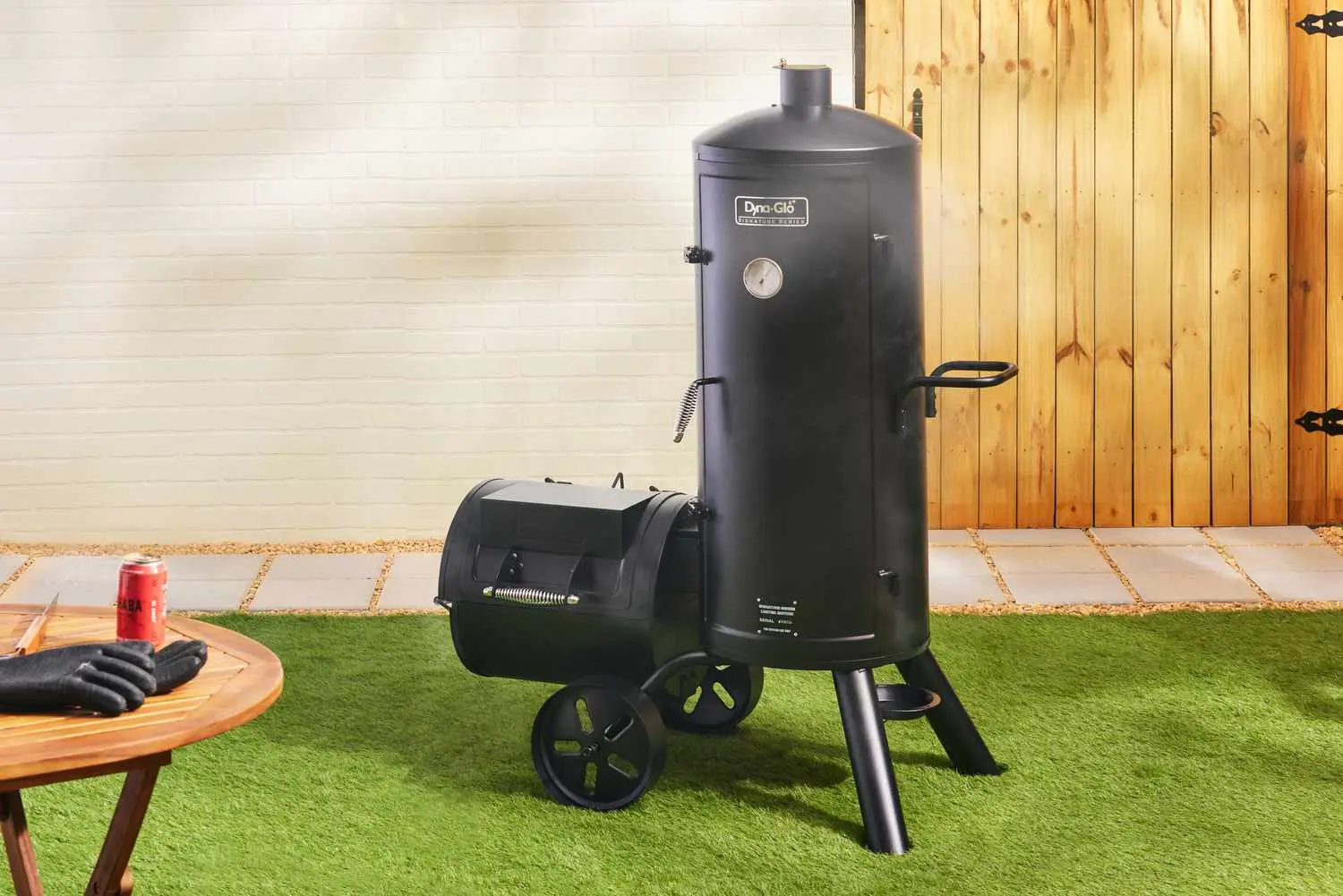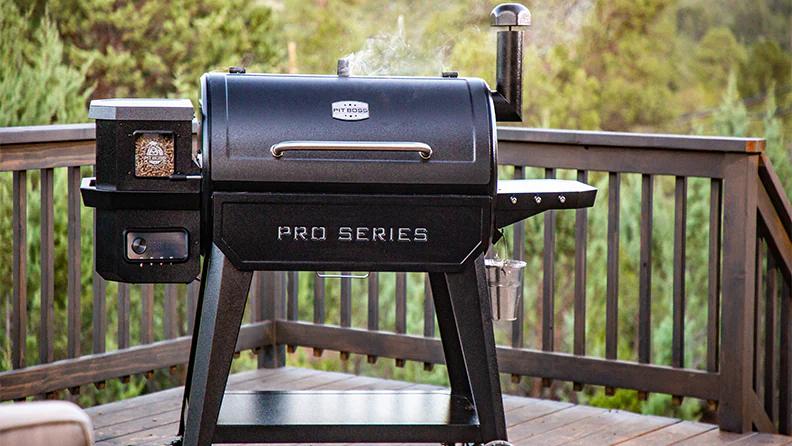If you're new to the world of grilling, you might find yourself wondering what the fuss is all about. Why are some people firmly in favor of charcoal grilling while others are in the propane camp? What do wood grilling pellets have to offer that charcoal or propane don’t?
What Are Grilling Pellets?
Grilling pellets, also known as BBQ or smoking pellets, are a type of fuel used to heat pellet grills. These pellets are thin rods, often about the thickness of a pencil, that produce smoke when burned. The smoke adds flavor to the food being cooked on the grill, while the heat from burning the pellets helps cook the food.
Unlike using wood logs to cook food, grilling pellets consist of shaved wood and sawdust. The wood shavings and sawdust are compressed, removing any moisture or air from the resulting pellets. This process also ensures that the pellets burn much more cleanly than wood logs, as they don't contain dirt or bark.
Grilling pellets are typically made from hardwood varieties such as hickory, apple, cherry, oak, and alder. The type of wood used influences the final flavor of the food. For example, hickory pellets are versatile and work well with beef, chicken, pork, and vegetables. Apple pellets pair well with chicken or pork, while alder or oak pellets work well with fish.
For whiskey enthusiasts, grilling pellets made from Jim Beam bourbon barrels are available. These pellets are made from 100% oak wood, providing a unique flavor for fish, seafood, beef, and vegetables.
How Are Grilling Pellets Made?
Grilling pellets are made by transforming trees, lumber scrap, sawdust, and wood chips into tiny, uniform pieces. The process starts with cutting the wood down to size, either by using a wood chipper for larger pieces or by starting with wood chips and sawdust.
Once the wood is a uniform size, it may require drying to remove any moisture. Drying is especially necessary when the wood comes from freshly harvested trees. After drying, the wood goes through a pellet mill, where it is shaped into long, thin rods. The high pressure used in the pellet mill causes the wood to produce lignin, a polymer that allows the wood dust and pieces to bind together.
Once shaped, the pellets need time to cool down before packaging. Cooling towers are used to reduce their temperature and harden them. After thorough cooling, the pellets can be packaged for sale.
While there are DIY instructions for making grilling pellets at home, the process is often too complicated for most people. It involves purchasing specialized equipment, such as a pellet mill. Therefore, it is generally more convenient to purchase grilling pellets and focus on getting creative with your grilling recipes.
Benefits of Grilling With Wood Pellets
Grilling with wood pellets offers several advantages compared to grilling with charcoal or propane. One advantage is that grilling pellets heat up much faster than charcoal, reducing the waiting time before you can start cooking. Additionally, grilling pellets provide a unique smoky flavor to the food, enhancing the overall taste.

Furthermore, grilling with pellets allows you to adjust the flavor by choosing different types of wood. You can experiment with different flavors and pair them with specific types of meat or vegetables to create delicious combinations. For instance, you can use pellets made from old bourbon barrels to infuse your grilled food with the flavor of whiskey.
How Are Grilling Pellets Different From Heating Pellets?
When shopping for wood pellets, you may come across heating pellets and grilling pellets. While the processes used to make these pellets are similar, there are critical differences between the two.
Grilling pellets are made from 100% hardwood and are food-grade, meaning they don't contain added binders or additives. They are specifically designed for use with grills and smokers and are safe for cooking. On the other hand, heating pellets can be made from a mixture of hardwood and softwood, such as pine. Softwood pellets can produce a resin or sap when burned, which can affect the taste of the food. Heating pellets are also not rated for food use and may contain fillers or additives that are not safe for consumption.
It's important to use pellets labeled as cooking pellets when using a grill or smoker to ensure the best results and food safety.
Is a Pellet Smoker a Real Smoker?
Yes, a pellet smoker is a real smoker. Pellet smokers, also known as pellet grills, use wood pellets as fuel to create smoke and heat for cooking. These smokers operate by pouring the cooking pellets into a storage container called a hopper, which is mounted on the grill.
An electric motor powers an auger that moves the pellets from the hopper to the firebox. An ignition device lights the pellets, creating the combustion that cooks the food in the cook chamber. Intake fans bring in air to further feed the fire and circulate heat and smoke inside the cooking area, creating a convection cooking environment.
A digital controller regulates the delivery of pellets to the firebox, maintaining the desired temperature for cooking. This controller allows for precise control of the cooking environment, whether you want to cook slowly at a low temperature or quickly with high heat. Most pellet grills also include a meat probe that monitors the temperature of the meat being cooked and connects to the temperature control system.
It's worth noting that while the wood pellets provide the fuel for cooking, the grill requires electricity to power the auger, controller, and fan.

Get Cooking With Ol' Hick Grilling Pellets
If you're ready to elevate your grilling experience, consider adding some bourbon flavor to your next barbecue with Ol' Hick Jim Beam BBQ Pellets. Our grilling pellets are made from 100% oak wood sourced from Jim Beam bourbon barrels, providing a unique and delicious flavor for your grilled food. Contact us today to learn more about our grilling pellets and find a dealer near you.
If you want to know other articles similar to Wood pellet grilling: explore the world of smoky flavors you can visit the Grilling pellets category.

